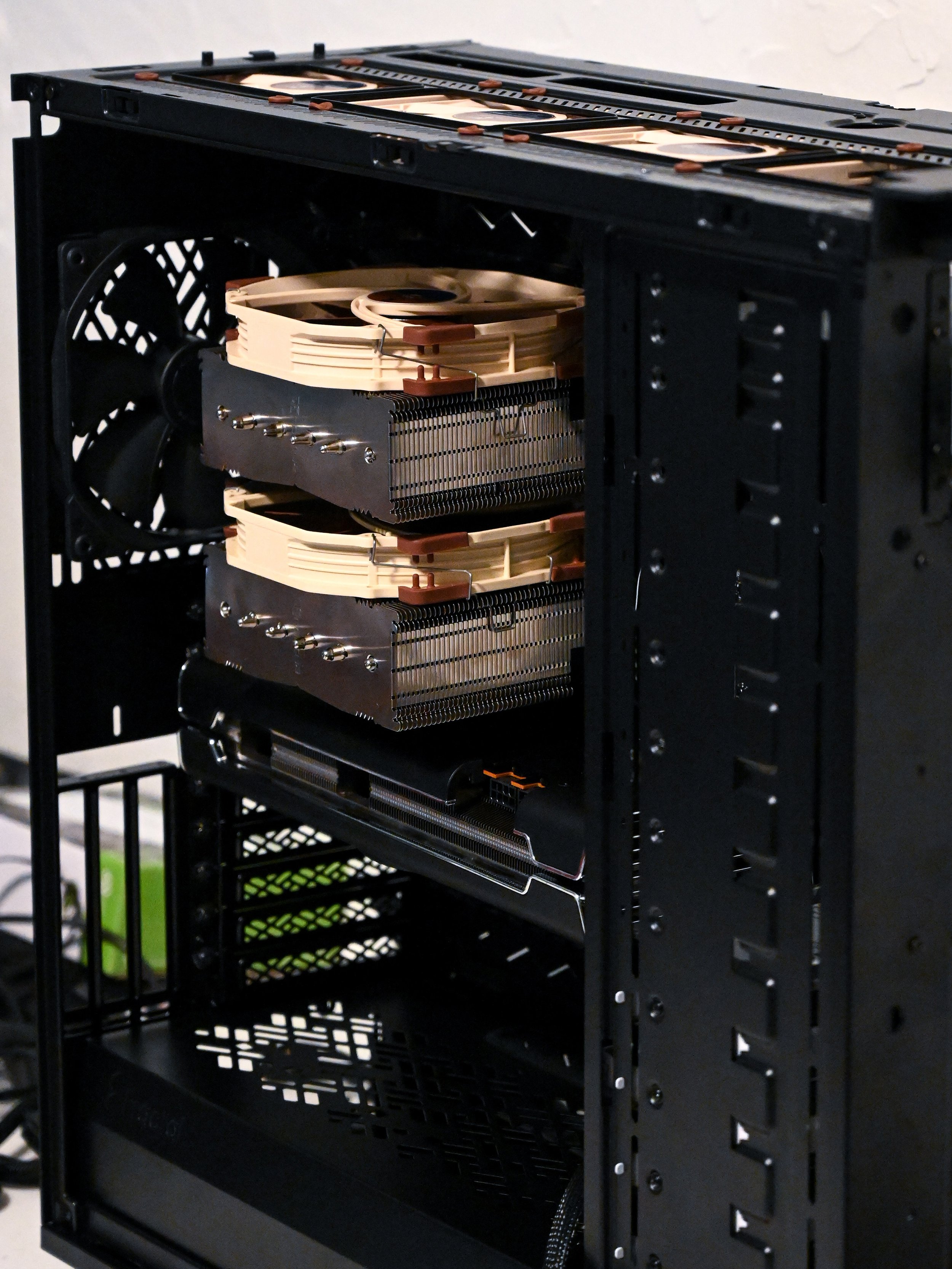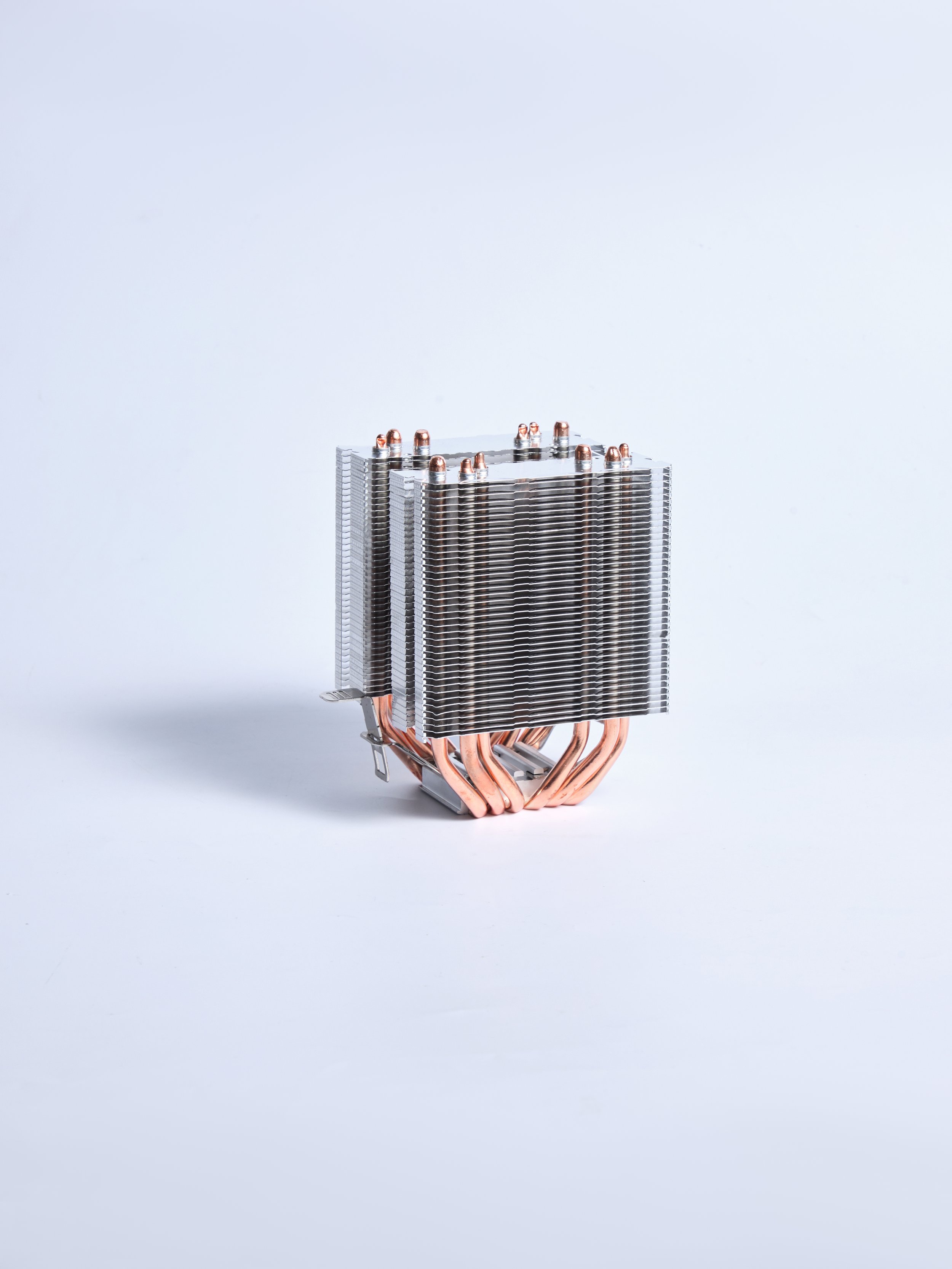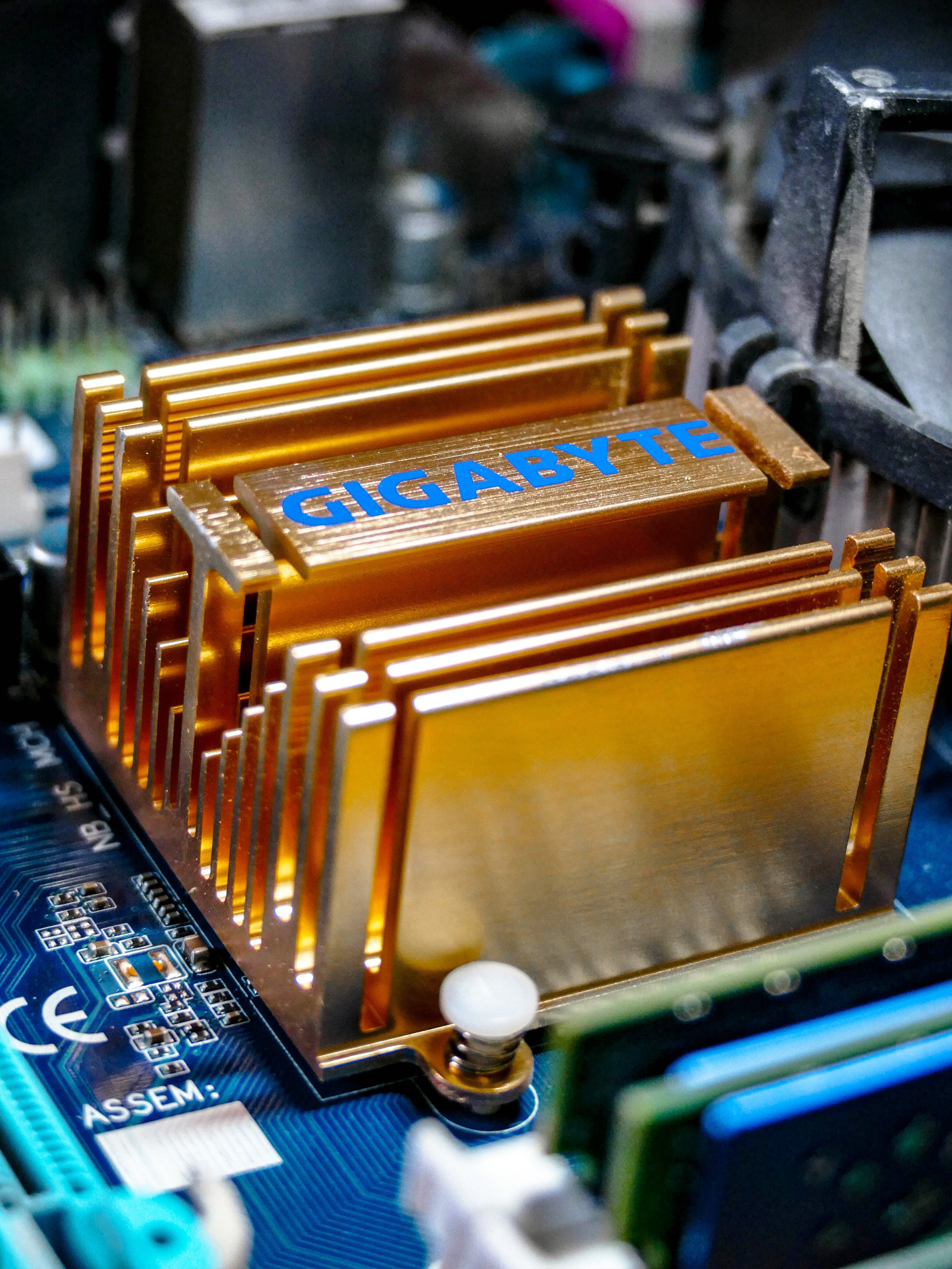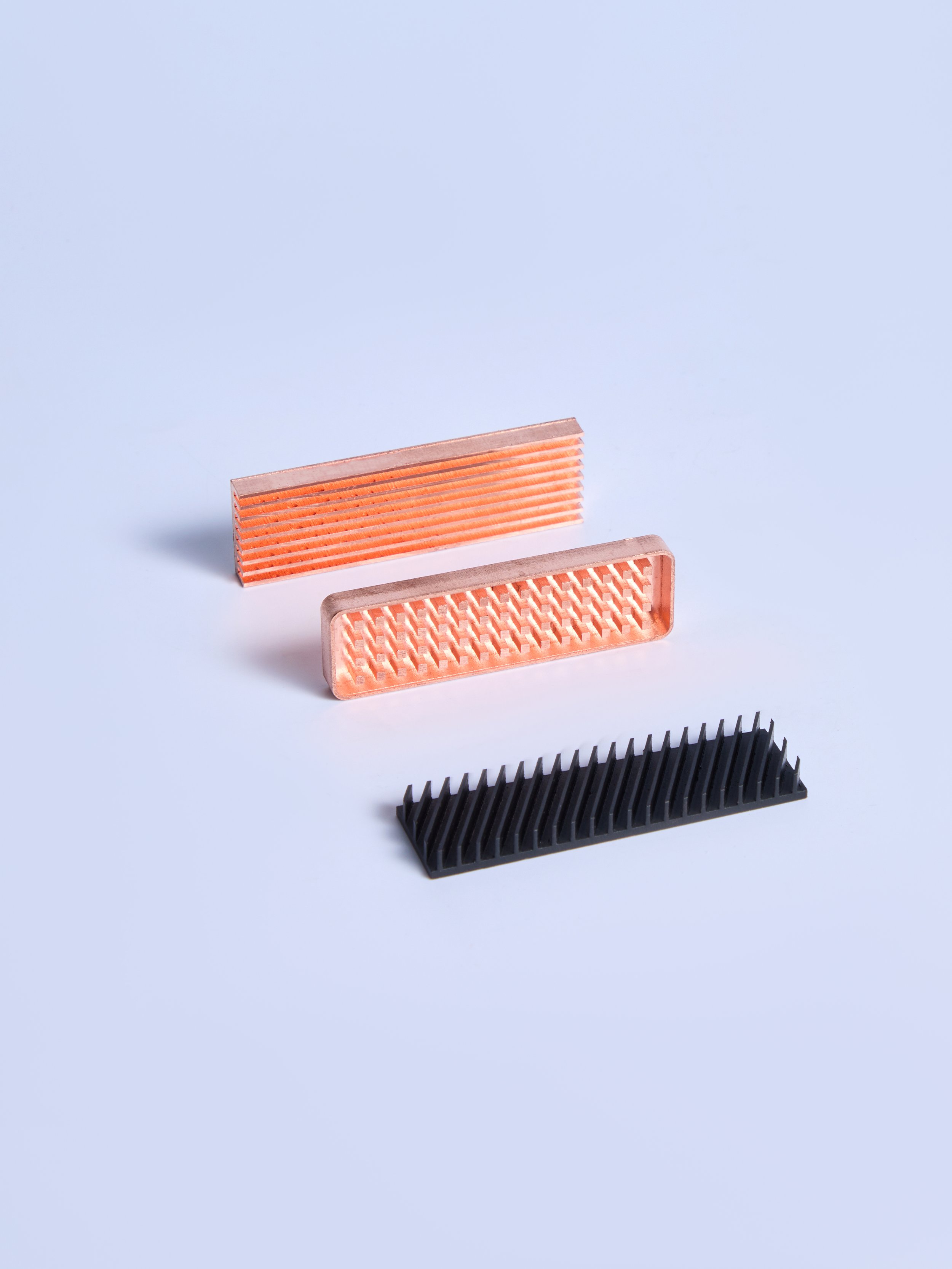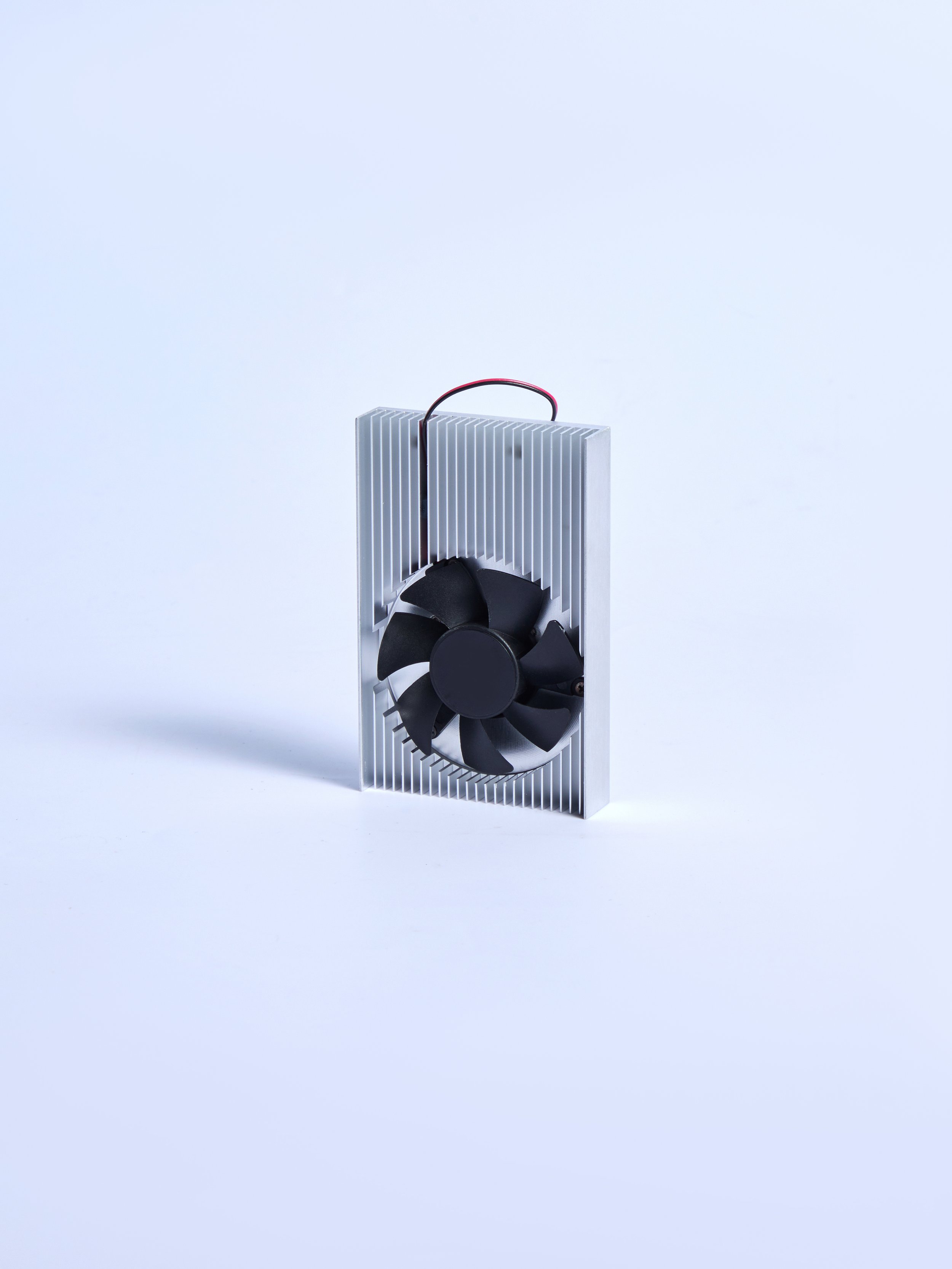Heat Management
A heat sink is a passive heat exchanger that transfers the heat generated by an electronic or a mechanical device to a fluid medium, often air or a liquid coolant, where it is dissipated away from the device, thereby allowing regulation of the device's temperature. For example, heat sinks are used in computers to cool CPUs, GPUs, and some chipsets and RAM modules. Even bigger equipment such as refrigerators, air conditioners, cars, trucks, and industrial machinery needs heat sicks. Based on each device's configuration, there are many heat sink aesthetics, design, and ultimate capabilities. It accomplishes this task by increasing the device's working surface area and the amount of low-temperature fluid that moves across its enlarged surface area.
Passive heatsinks works on natural convection, meaning the buoyancy of hot air alone causes the airflow generated across the heat sink system. These systems are advantageous as they do not require secondary power or control systems to remove heat from the system. However, passive heat sinks are less effective at transferring heat from a system than active heat sinks.
Active heatsinks force air to increase fluid flow across the hot area. Forced air is generated by a fan or even movement of the entire object―such as a motorcycle's engine being cooled by the air passing along the heat sink fins designed into the machine. The fan forces air across the heat sink, which allows more unheated air to move across the heat sink surface, thus increasing the total thermal gradient across the heat sink system and allowing more heat to exit the overall design.
